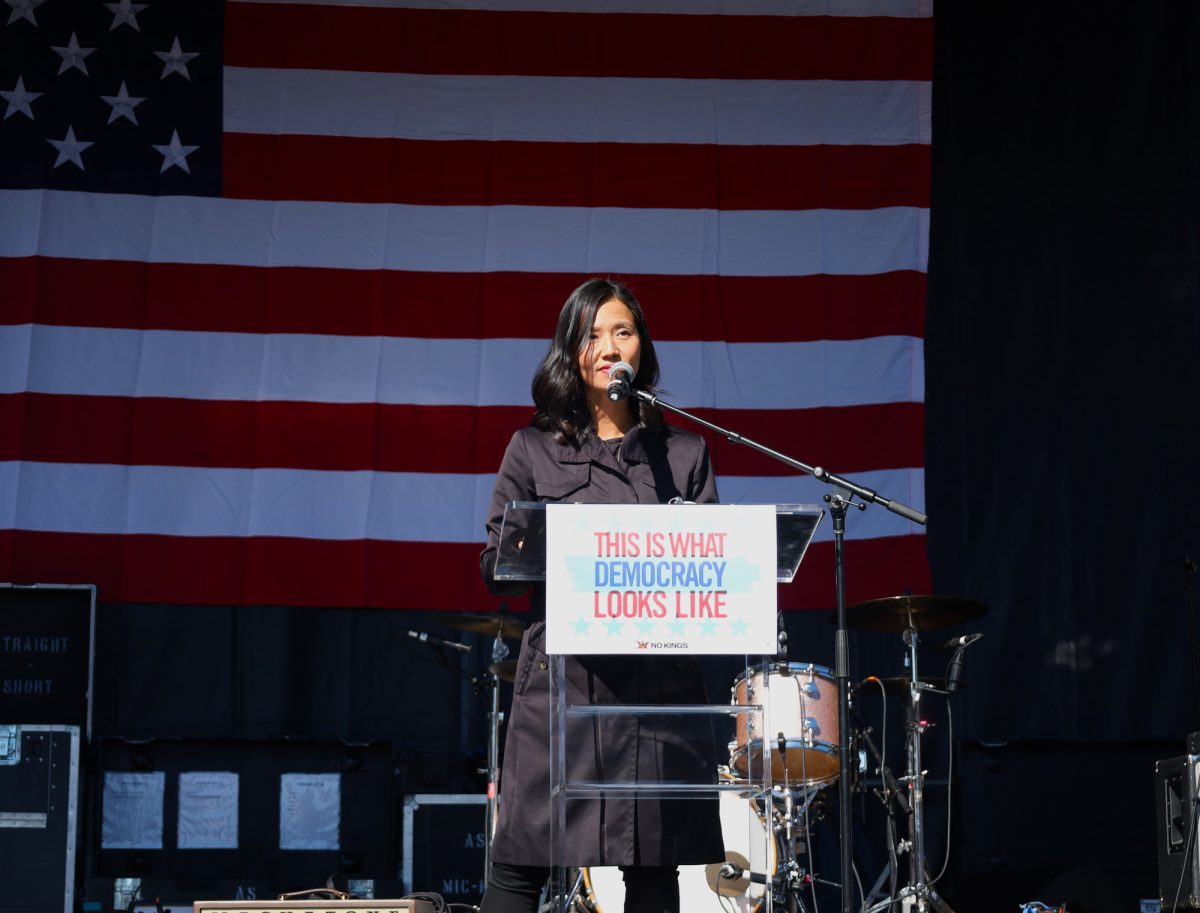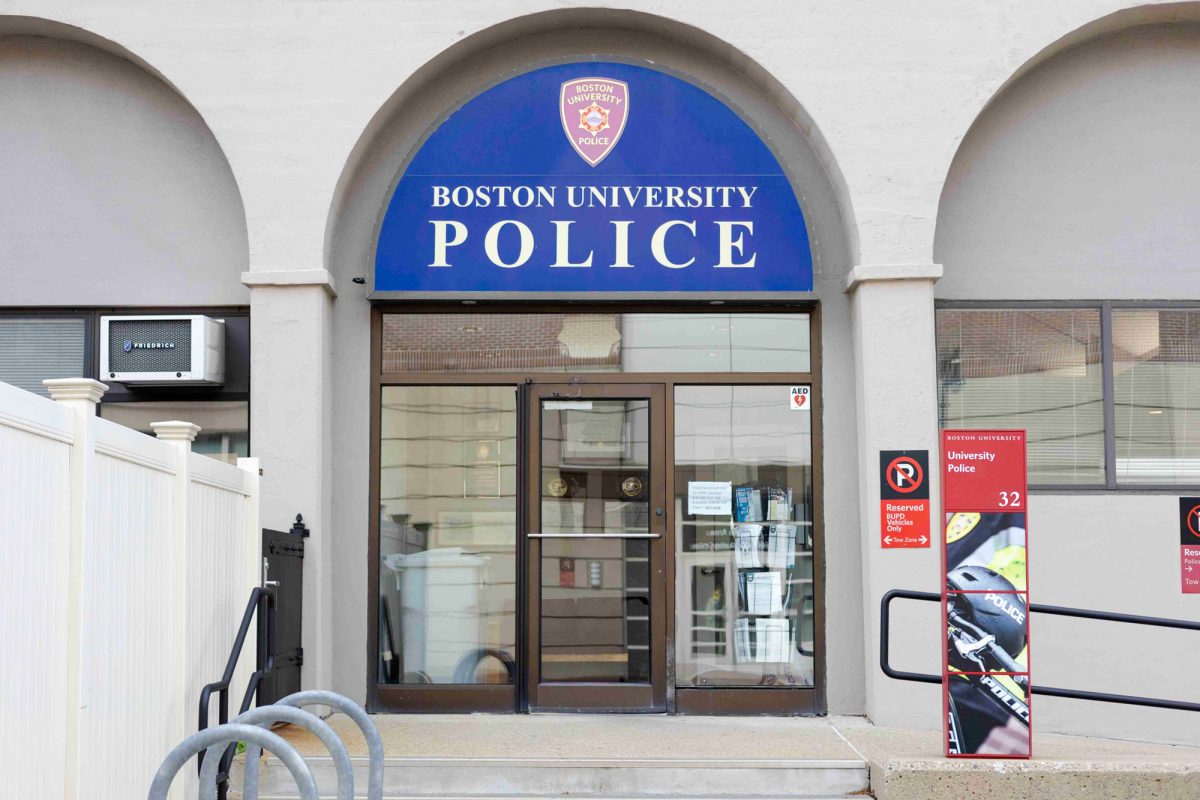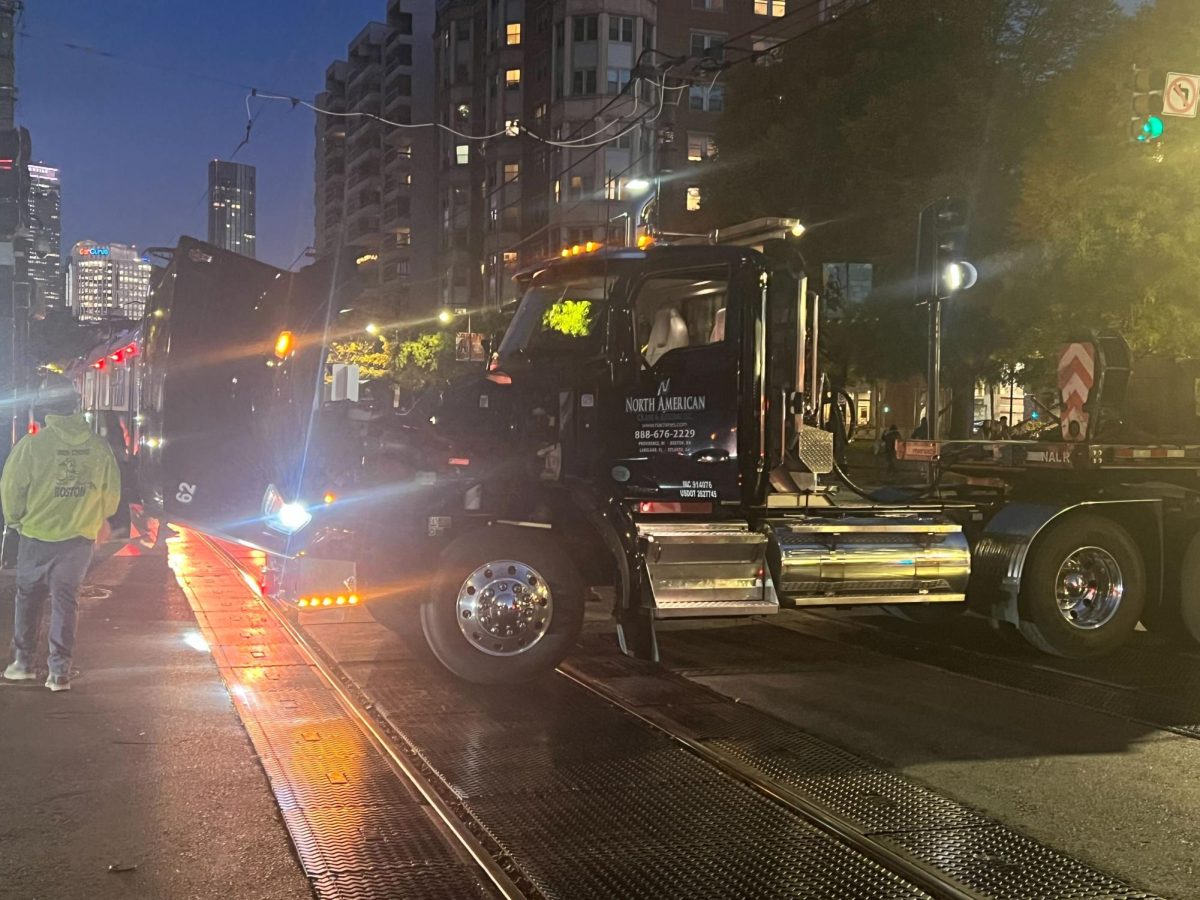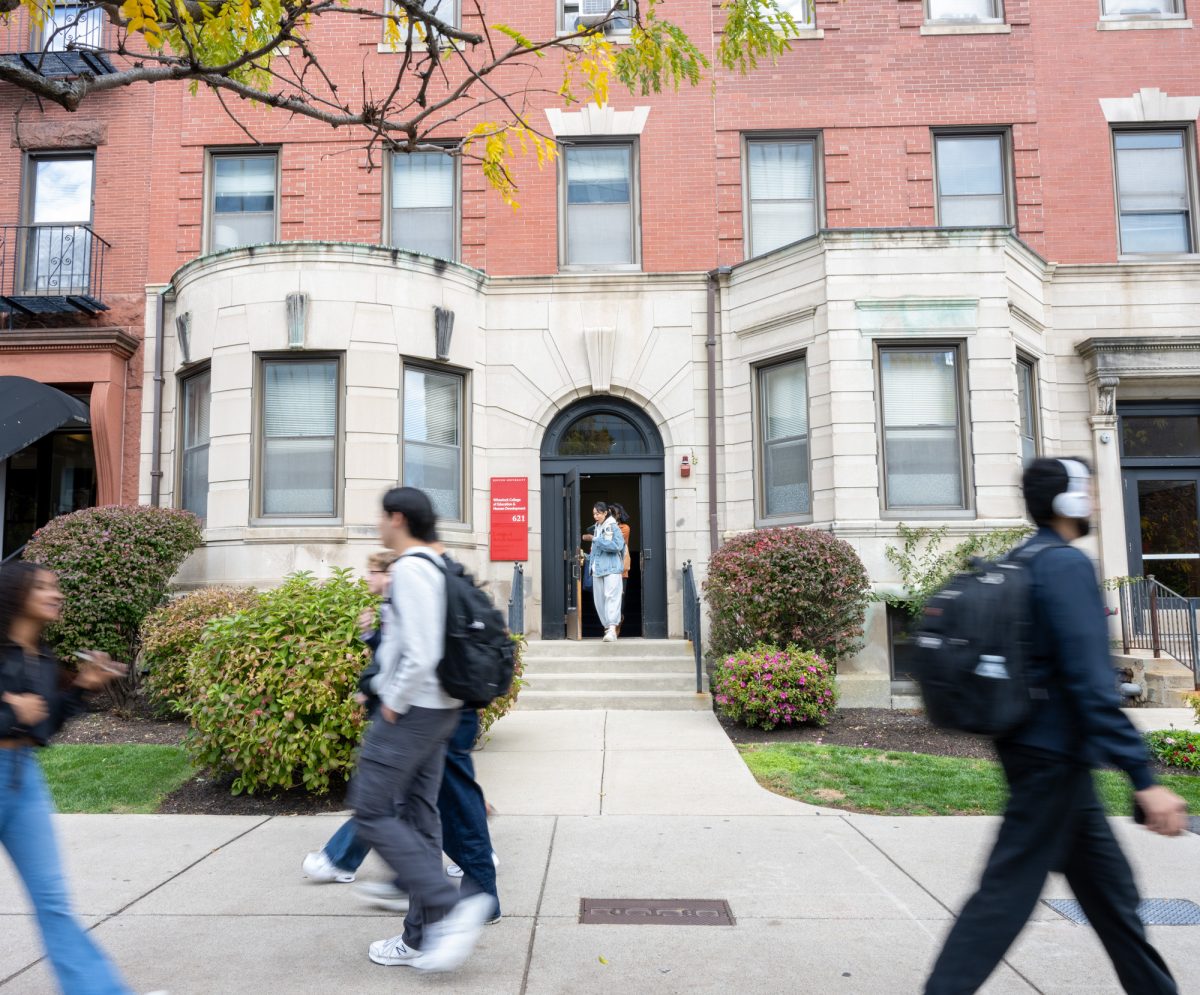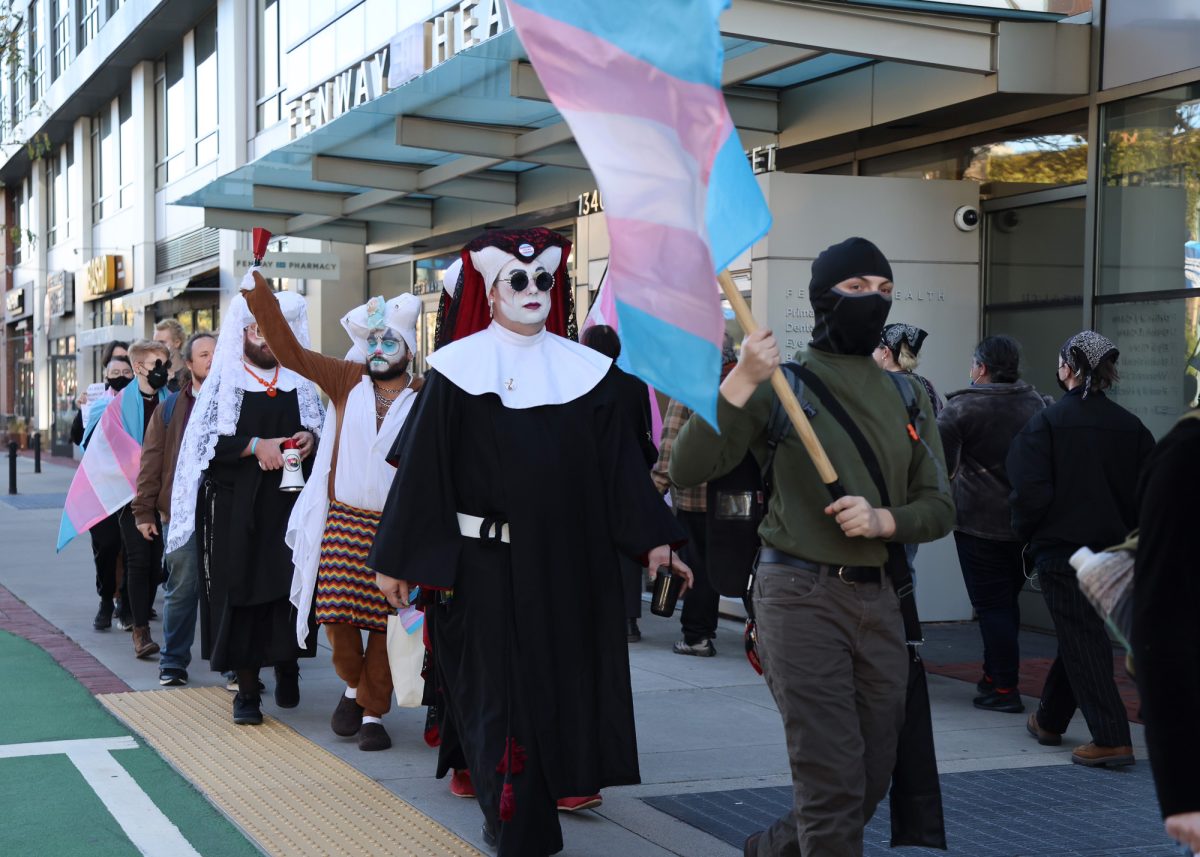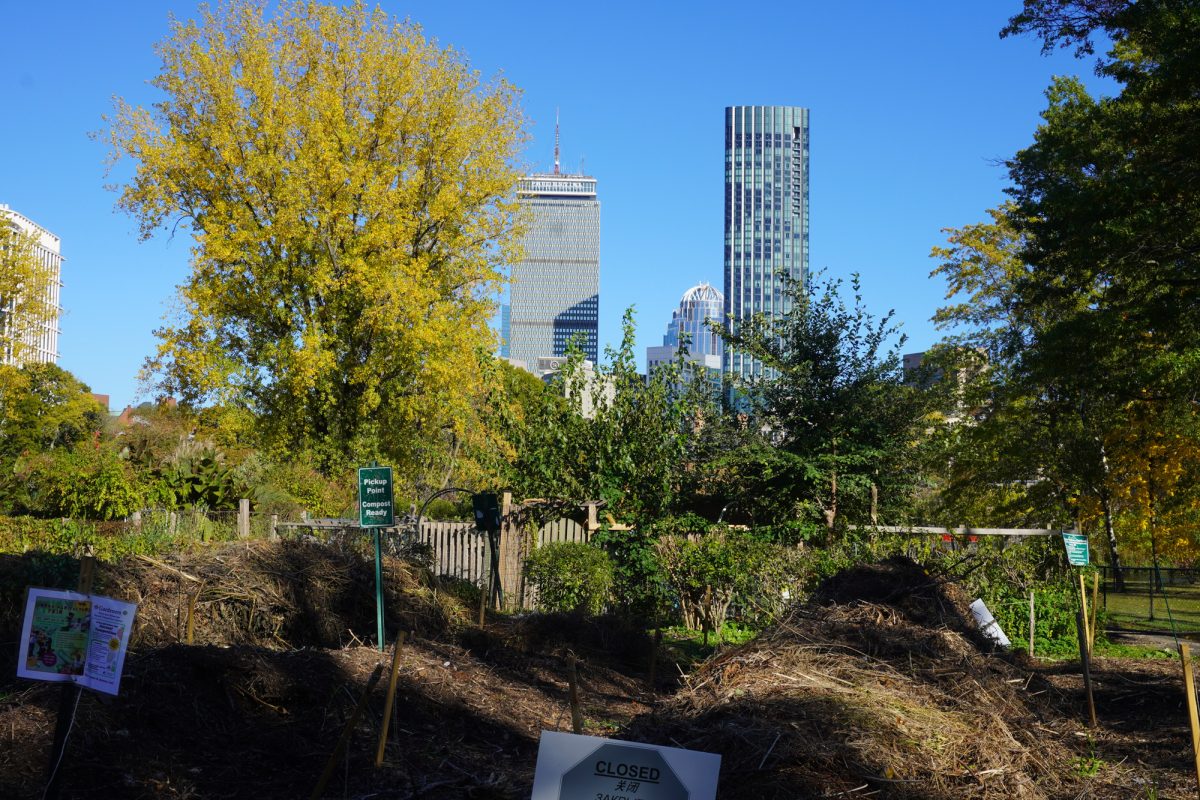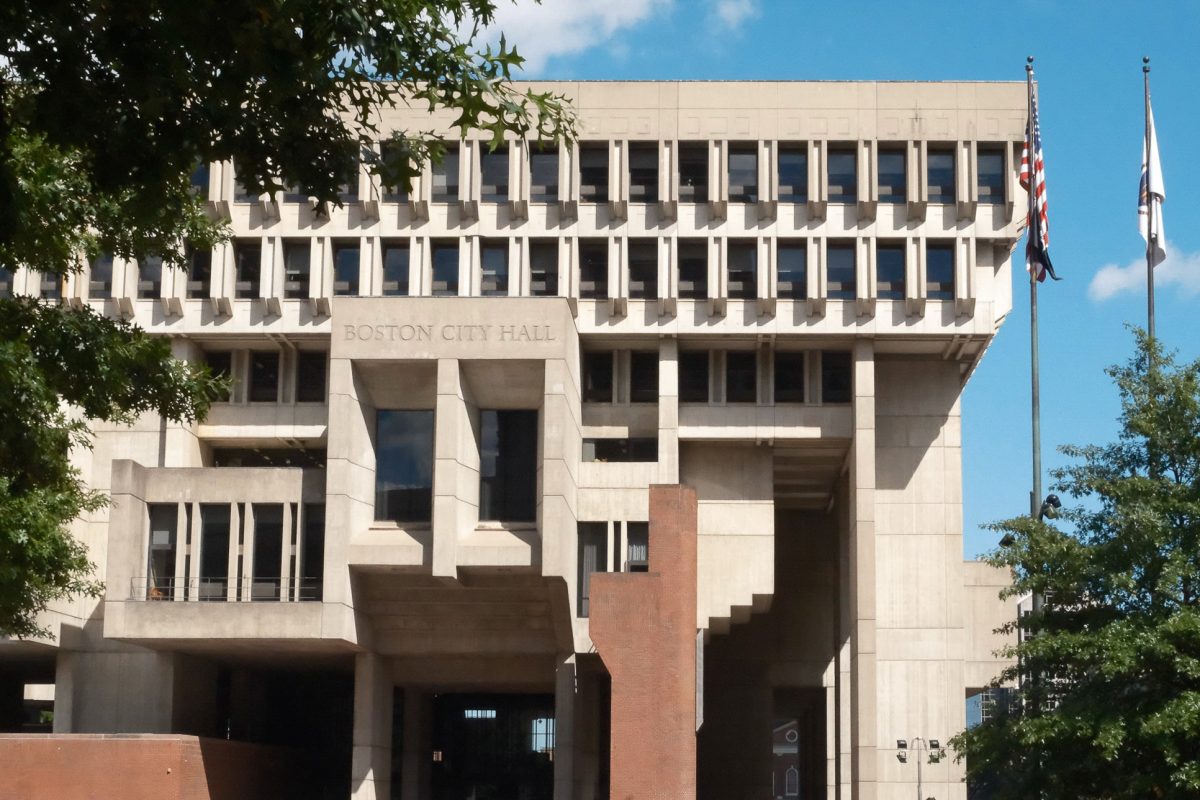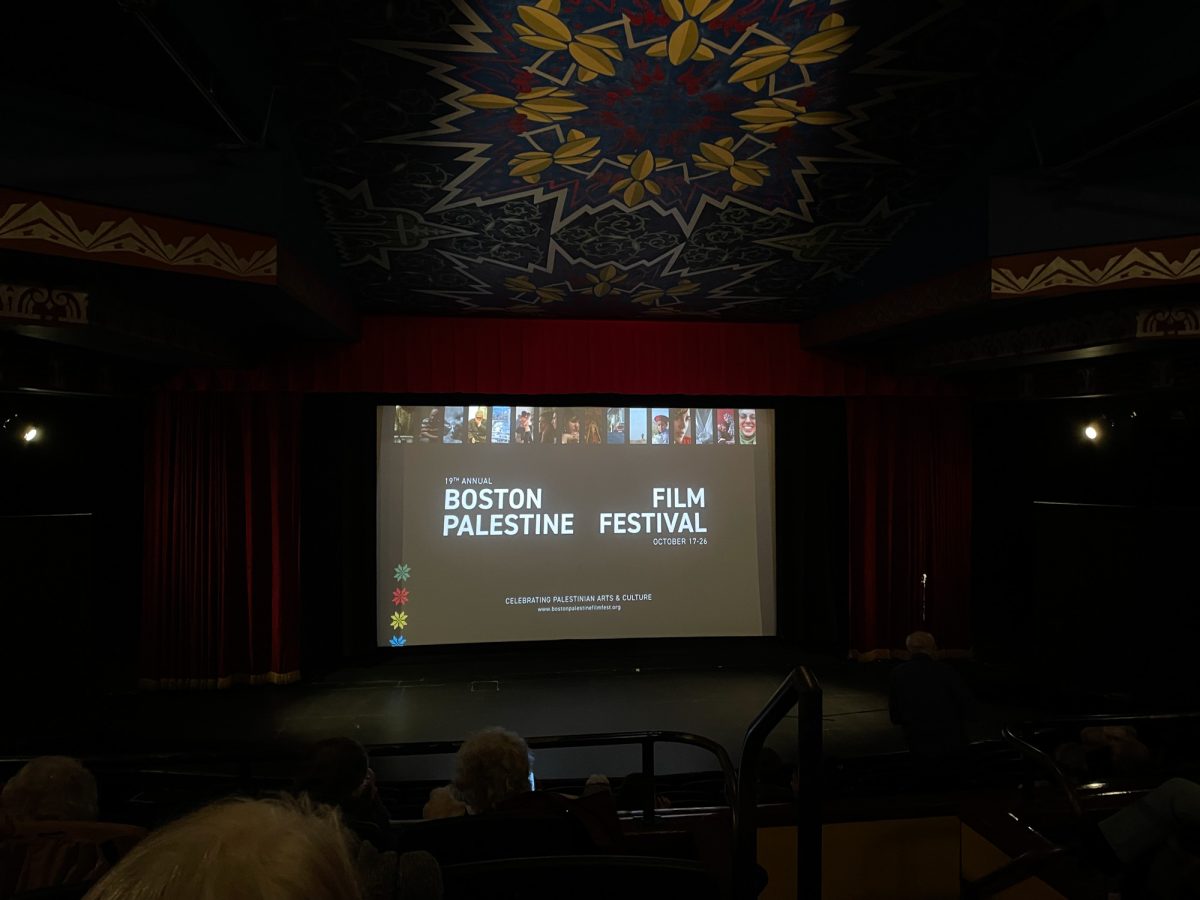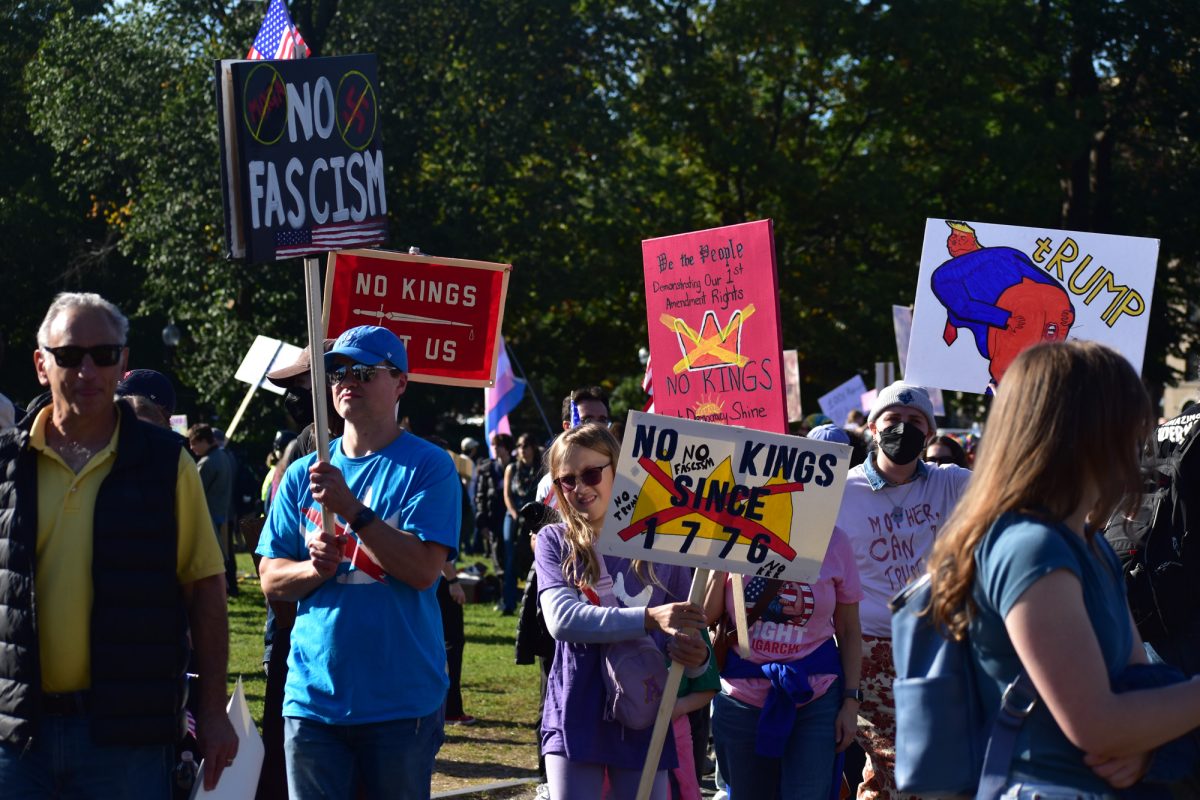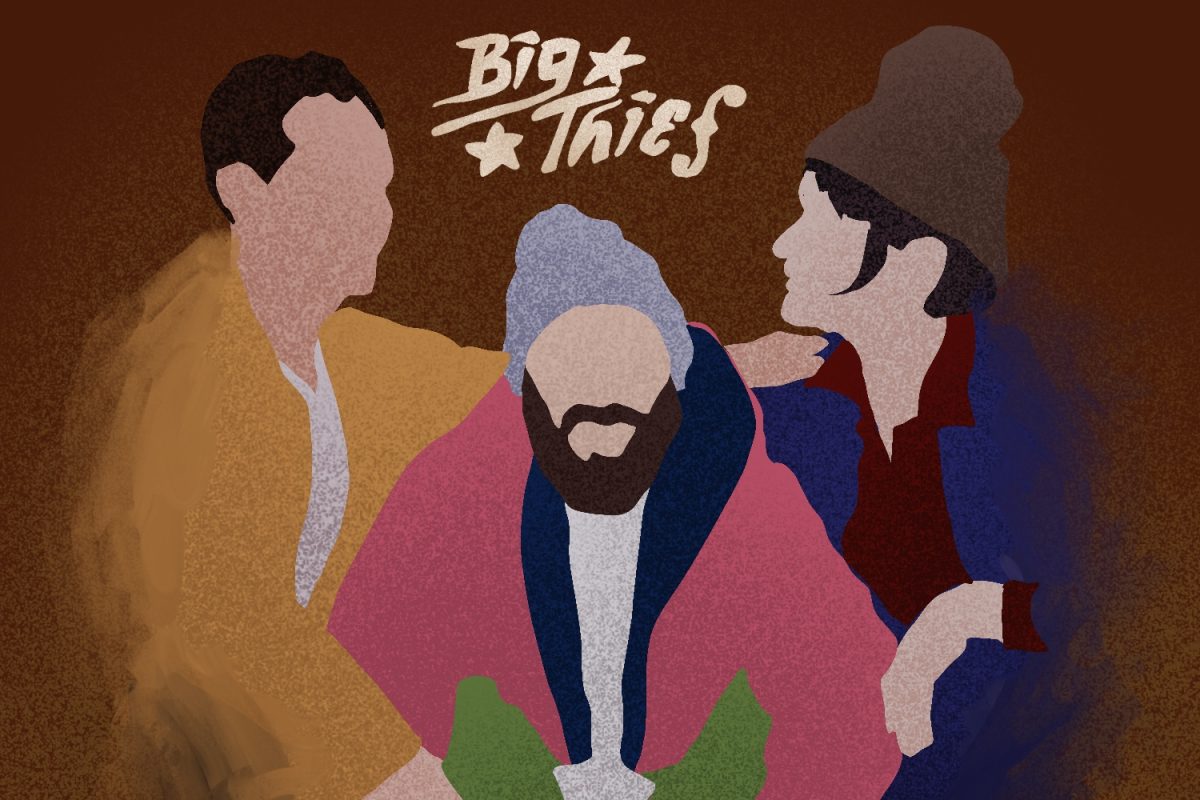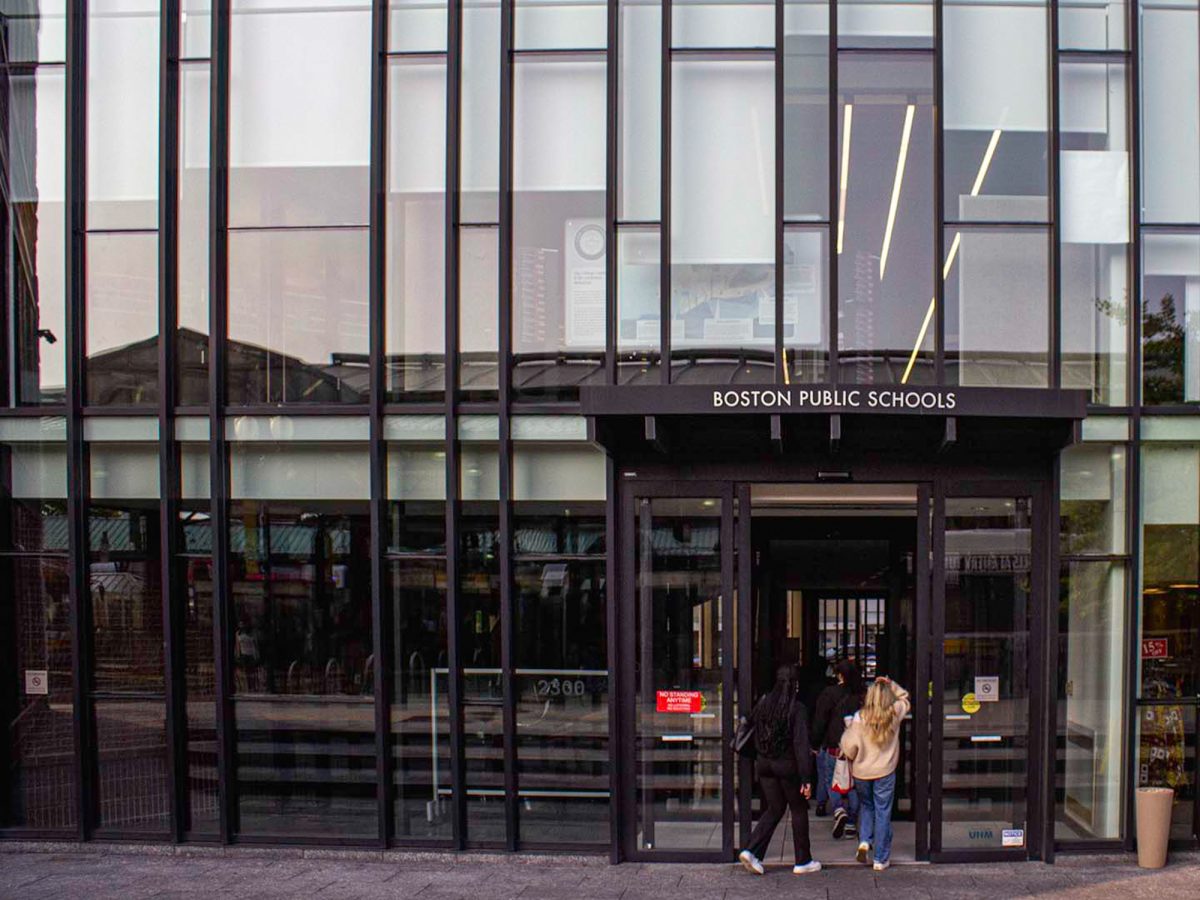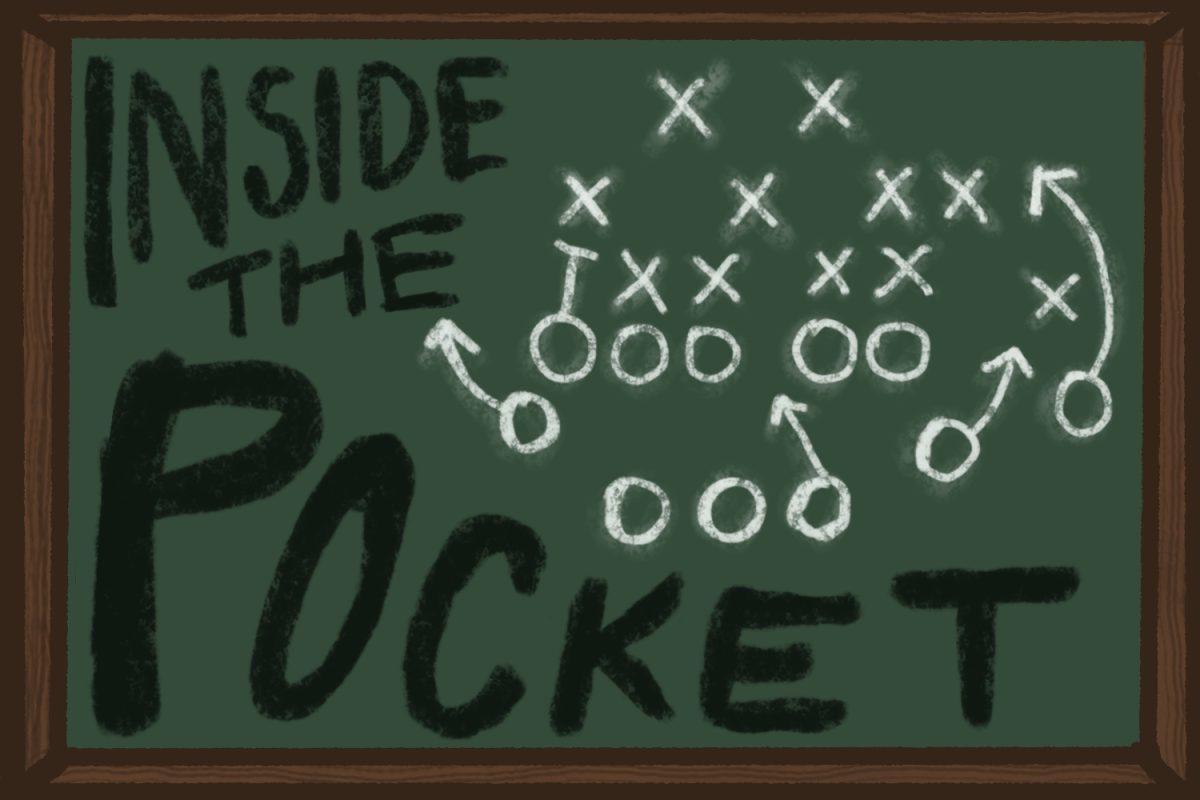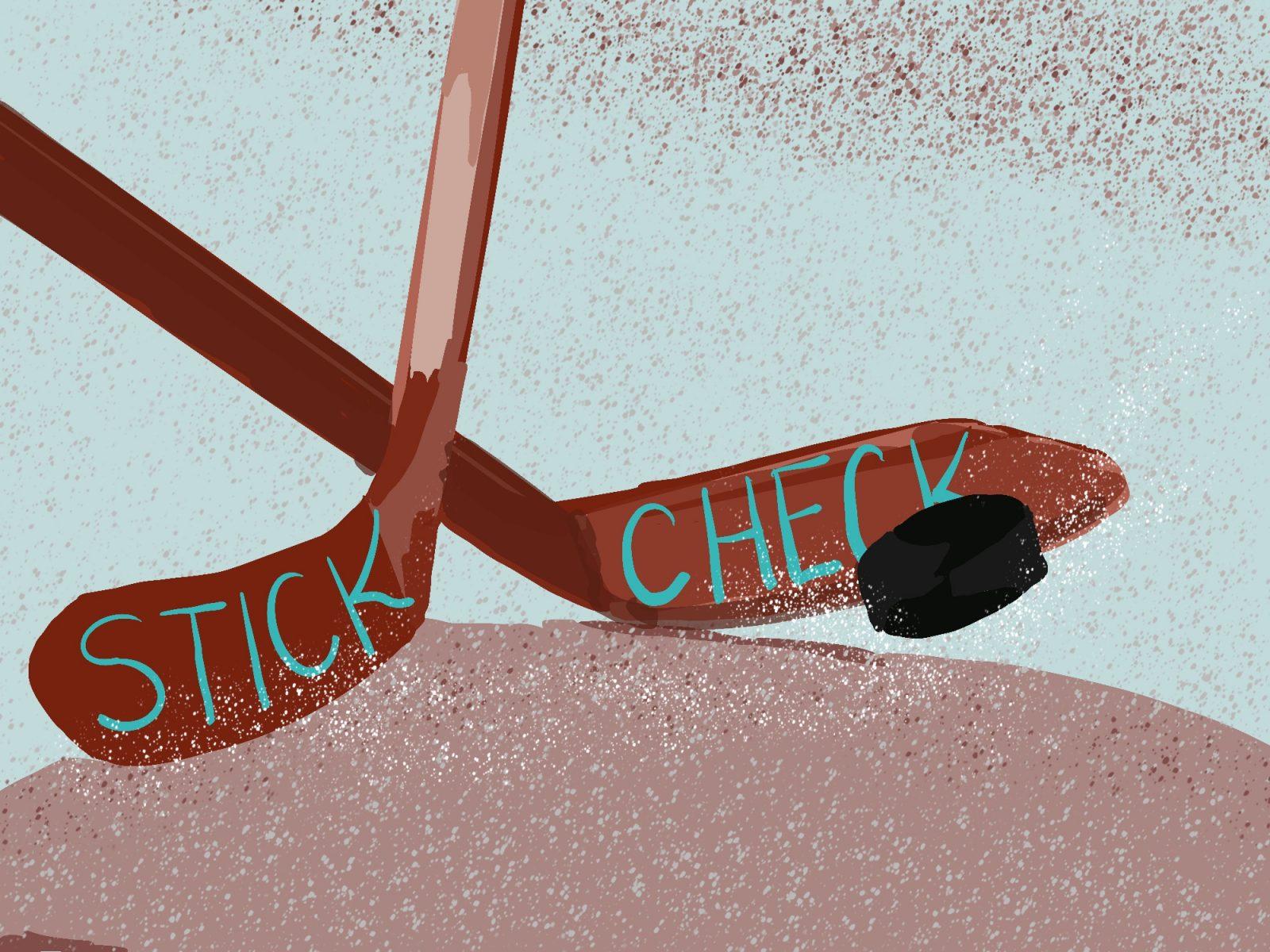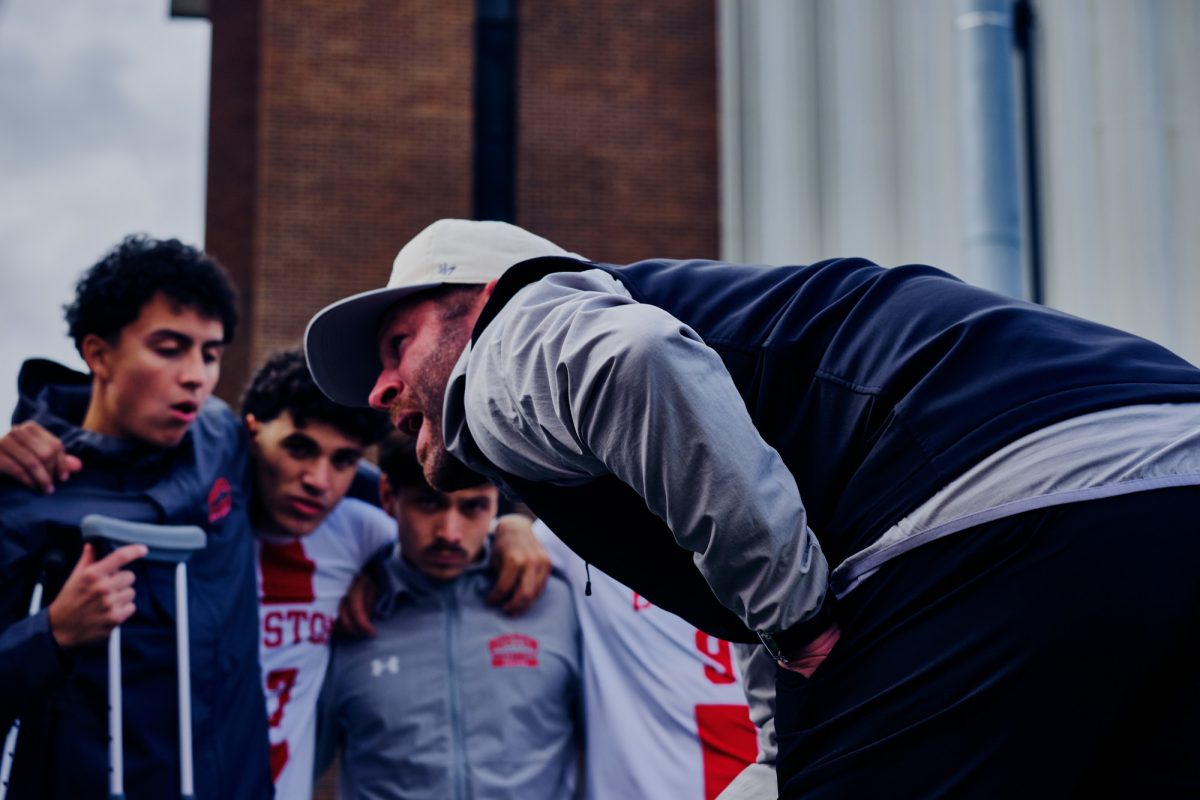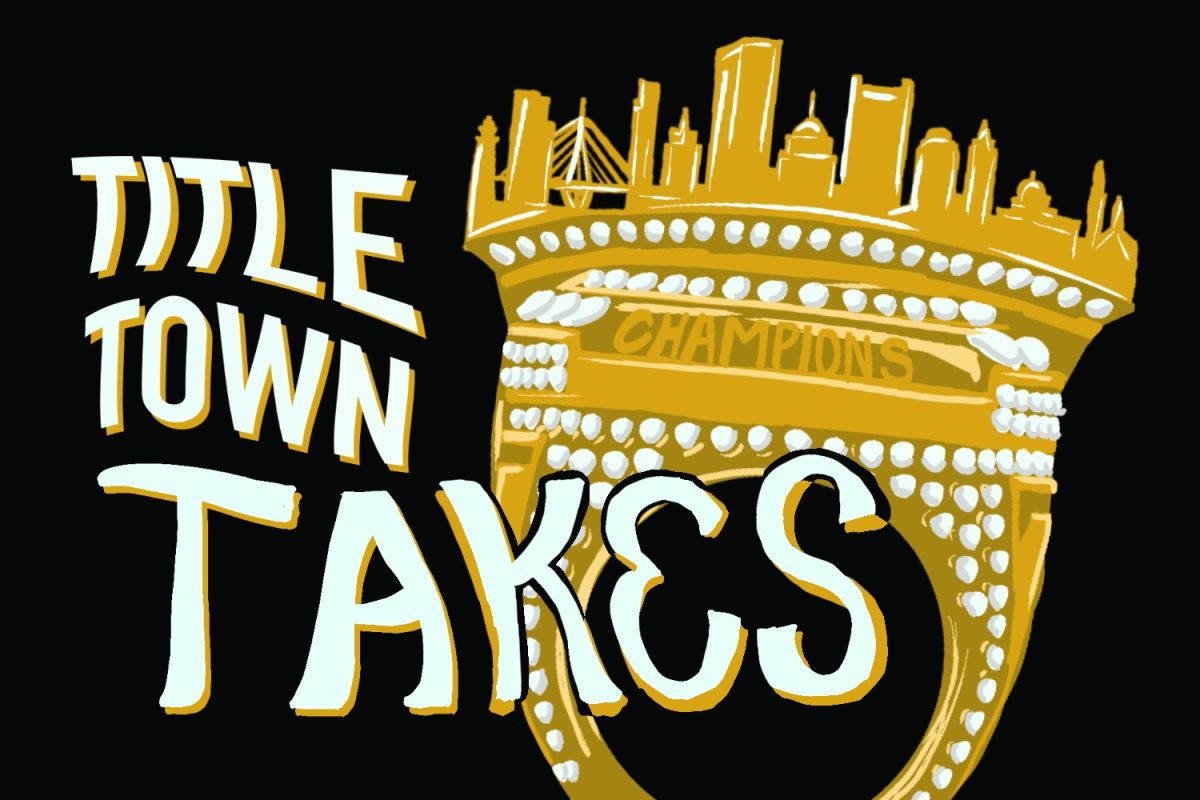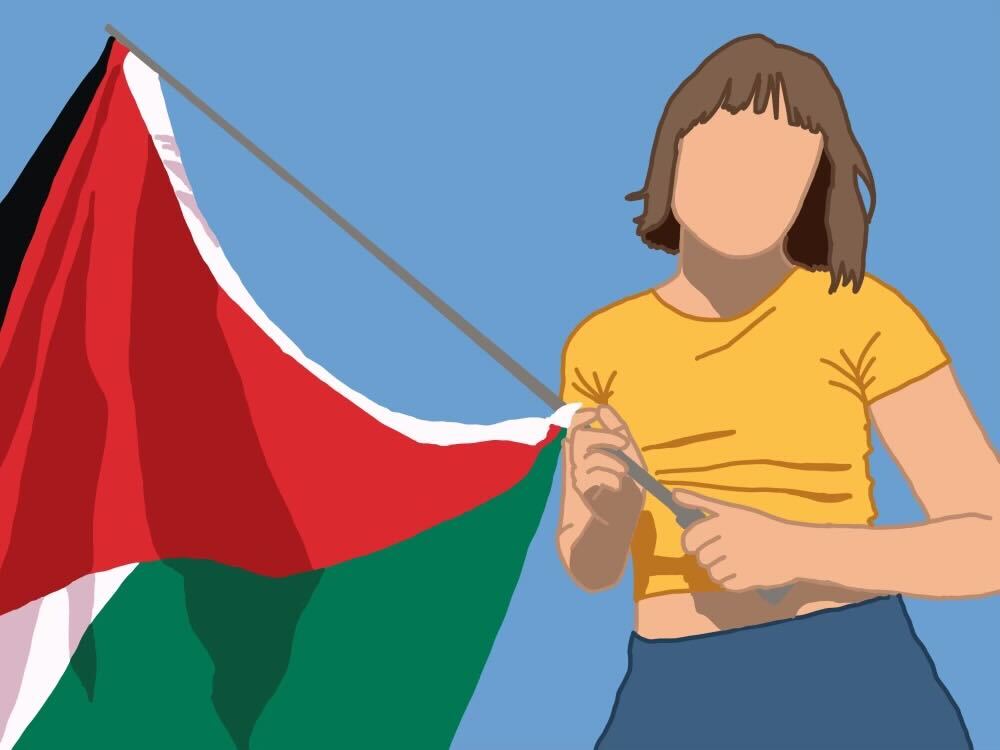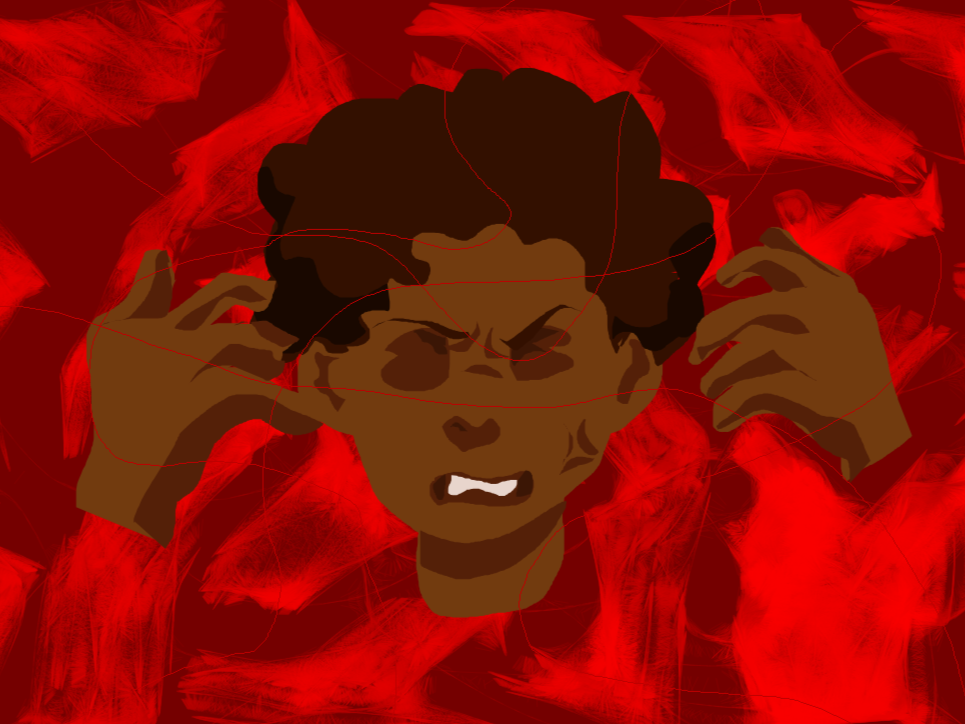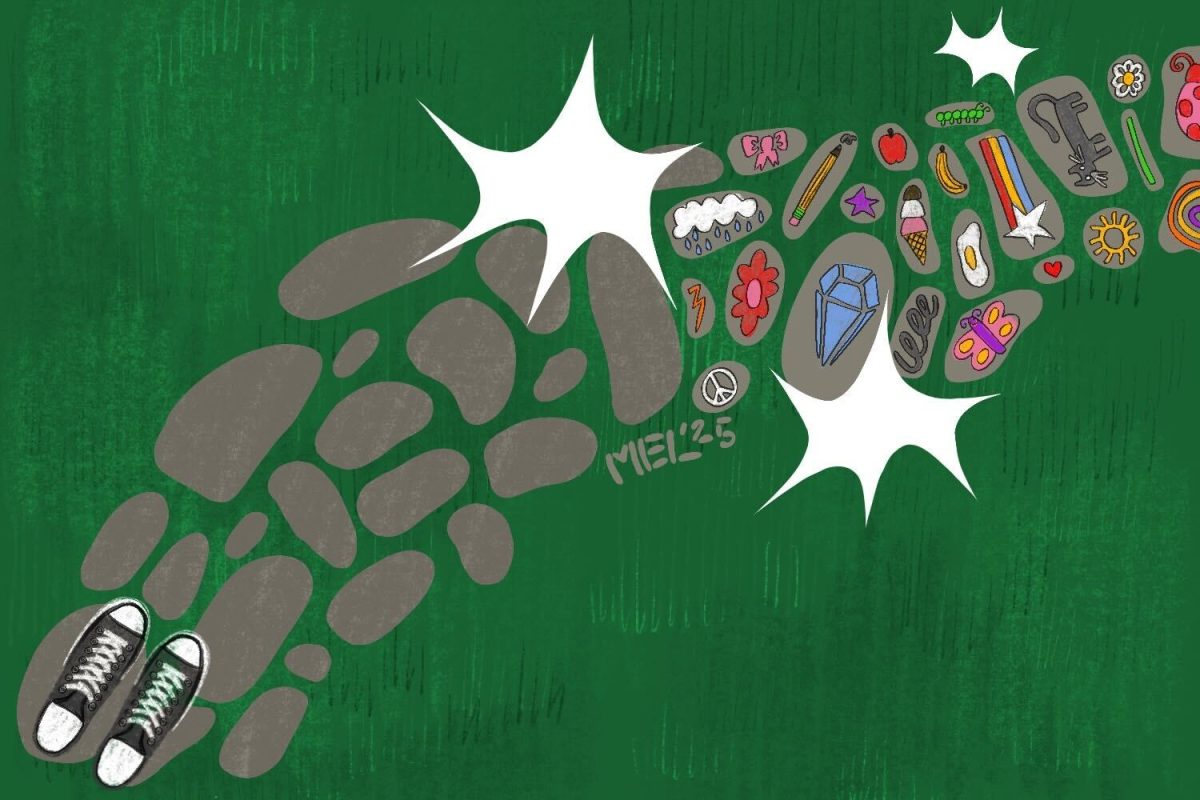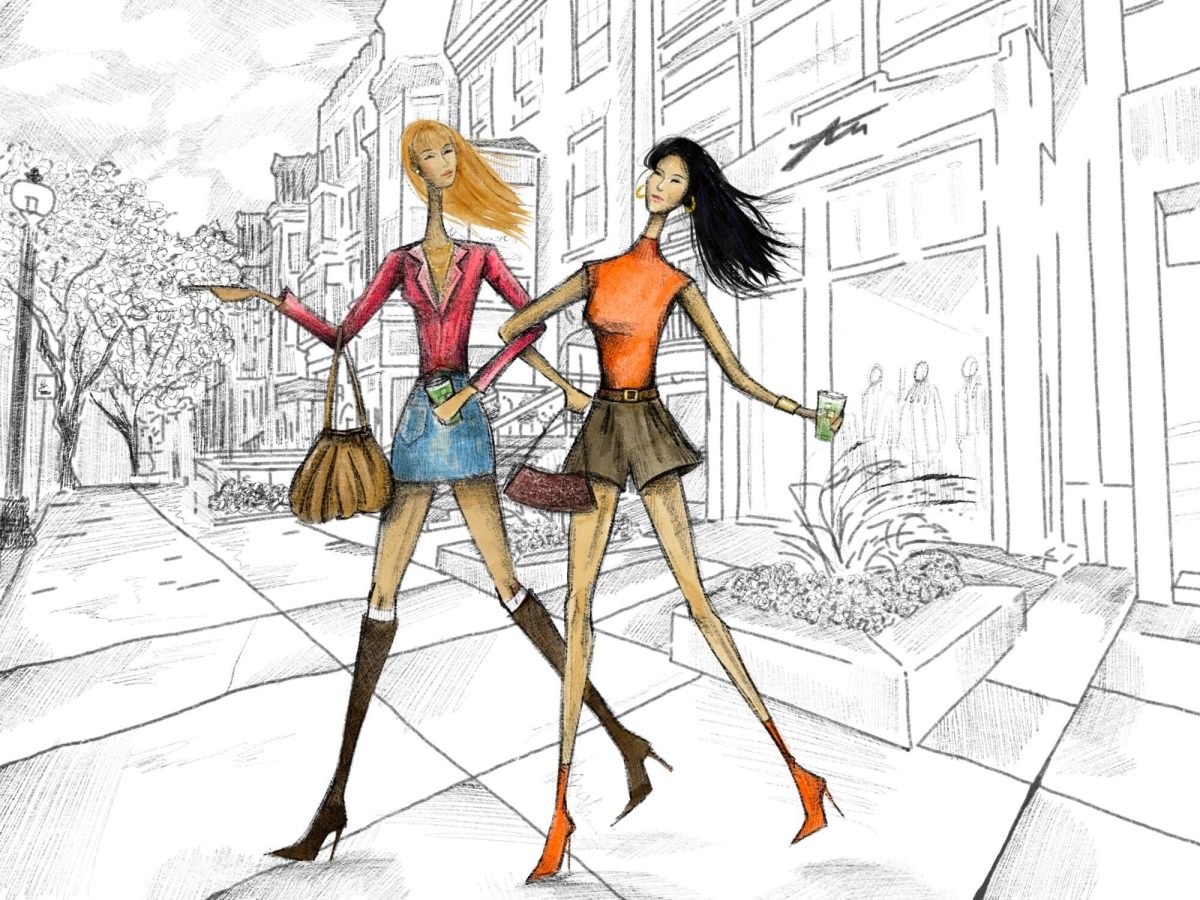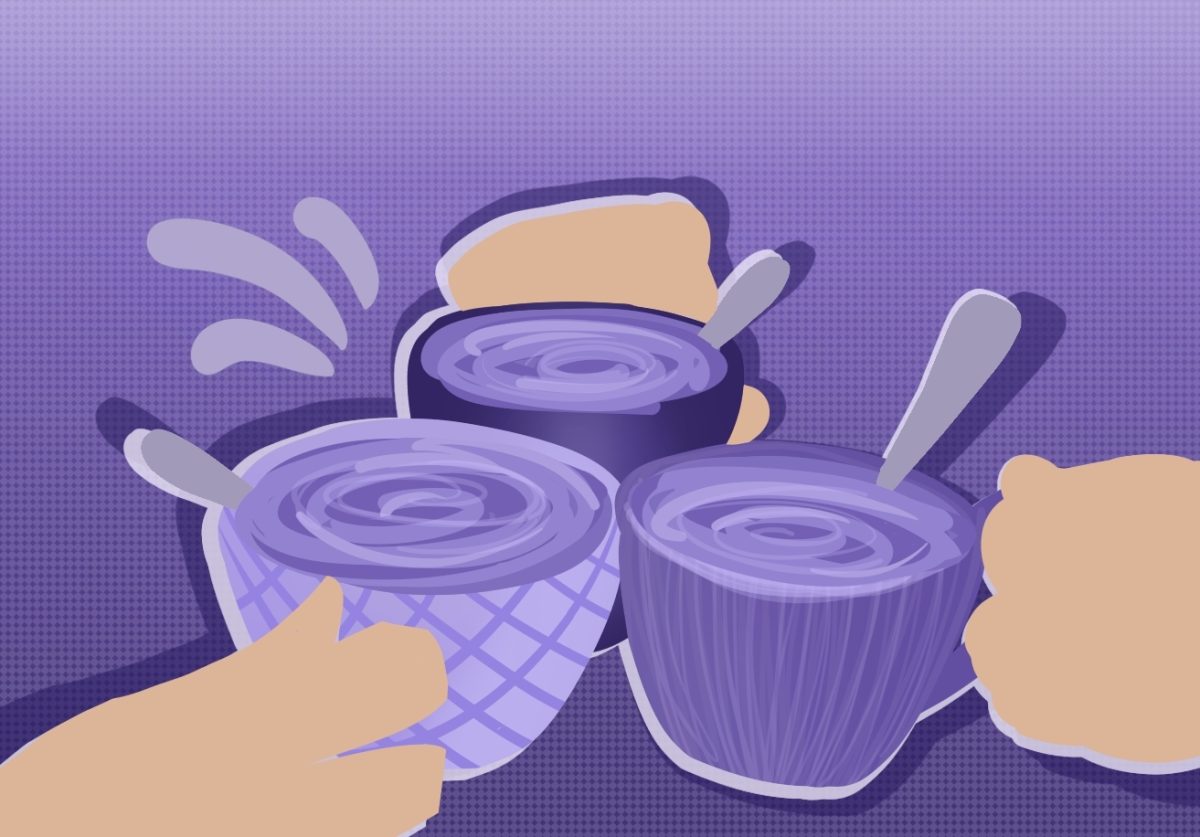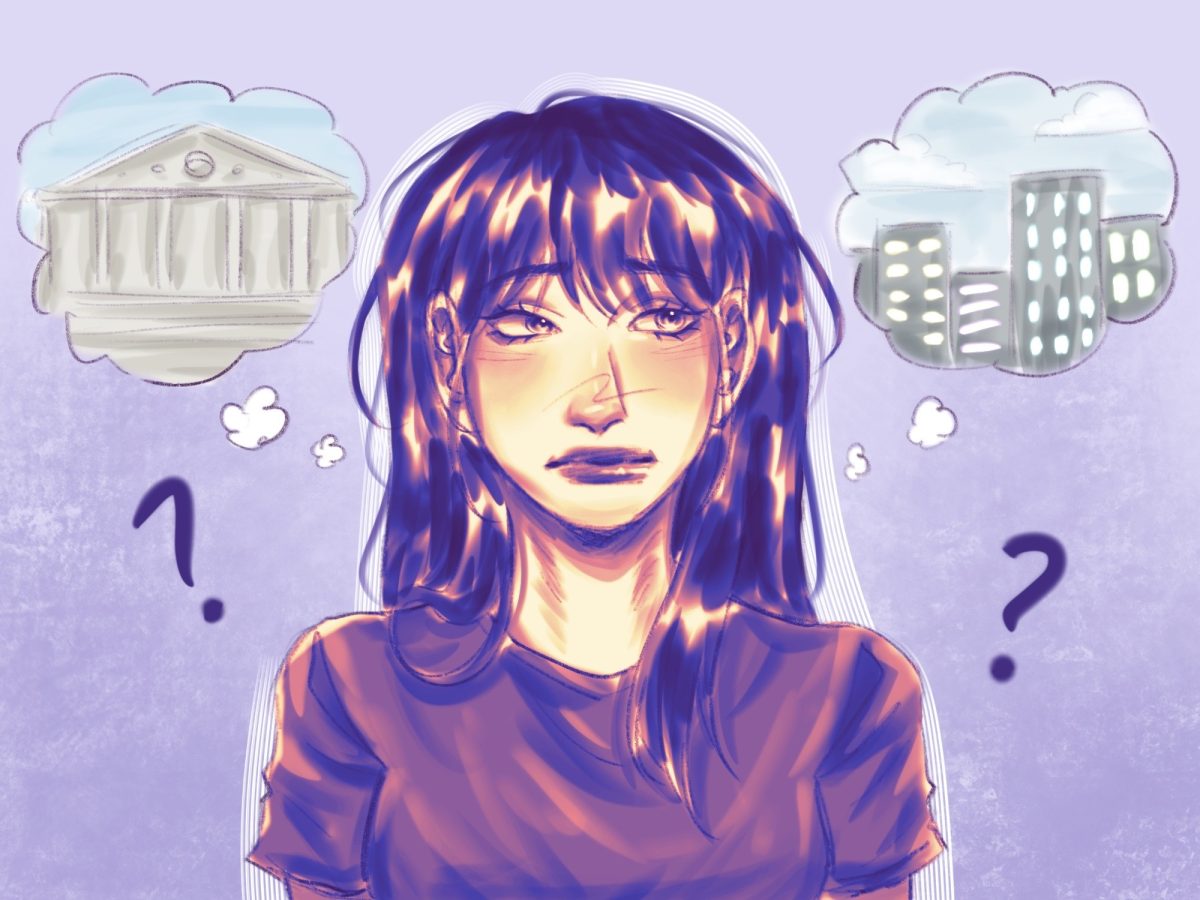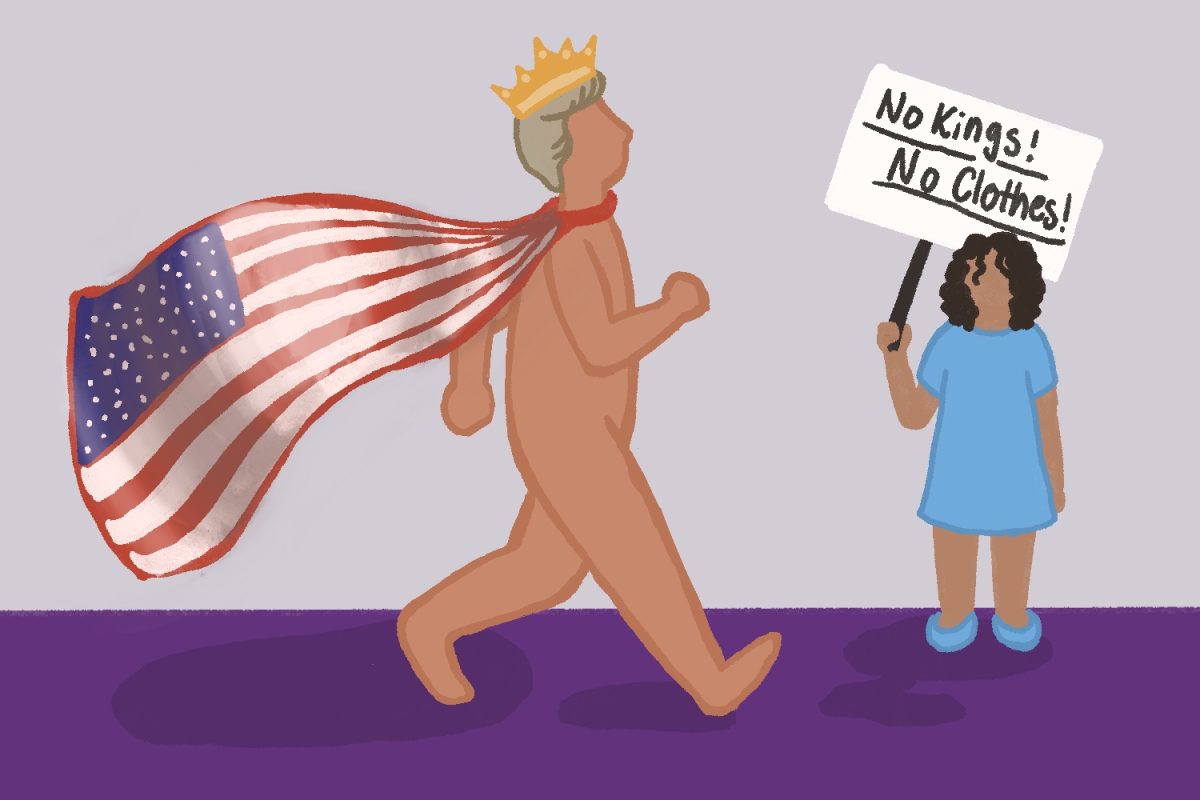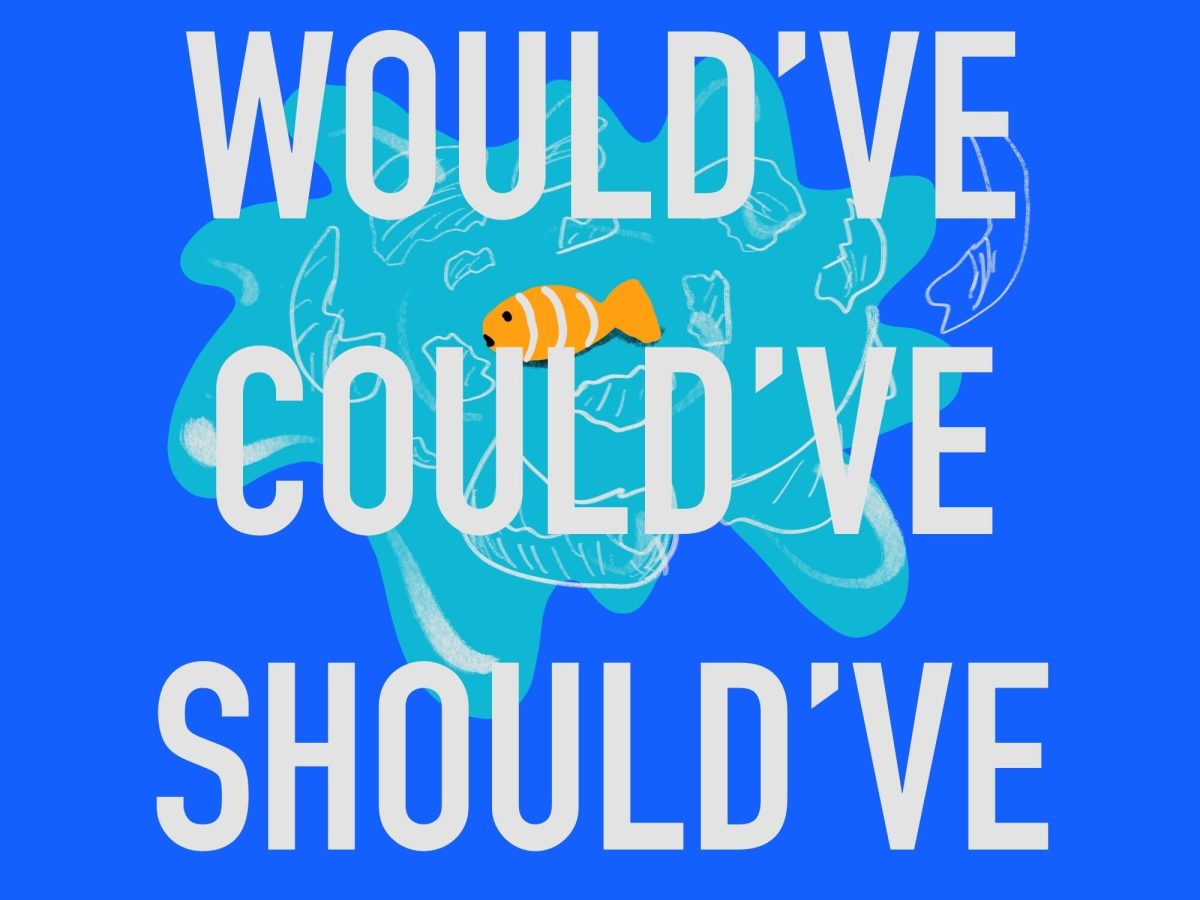Opening scene: Fade in on a sweeping landscape. Serene music. Snowcapped mountains flawlessly reflected in the lustrous waters of a vast lake. Greenery, sunshine and crystal skies.
Sounds like typical New Zealand to me.
That is, until the camera zooms out, revealing that the landscape is the subject of a billboard advertisement. The real setting is a bustling four-lane highway, whizzing through the grimy industrial suburb of South Auckland that comes into view to the tune of an edgy rock song.
As the opening scene suggests, “Once Were Warriors,” a 1994 film based on New Zealand author Alan Duff’s bestselling novel, is not an idealized portrayal of Kiwi life. It is a gut-wrenchingly blunt portrayal of real issues that affect some New Zealand families.
While “Once Were Warriors” is one of the country’s highest-grossing films of all time, it is very much unlike the American blockbusters filmed in New Zealand that have blown through theaters, earning billions with Hollywood celebrities and trite storylines. Mega-movies, such as the 2009 box office smash “Avatar,” the whimsical “The Chronicles of Narnia” fantasies, the classic war epic “The Last Samurai” and of course Peter Jackson’s renowned “The Lord of the Rings” trilogy, are often credited as New Zealand’s best films, when their directors have really only taken advantage of the countries pristine scenery.
On the other hand, “Once Were Warriors,” directed by New Zealand native Lee Tamahori, is authentically “New Zealand” in its setting, characters and themes. By telling the story of a broken Māori family plagued by poverty, crime, alcoholism and domestic violence, the film allows audiences a convincing view of contemporary concerns in New Zealand suburban culture.
“Once Were Warriors” is set in a neighborhood south of Auckland called Ōtara, an industrial suburb that is largely populated by ethnic minorities, and has long been home to some of the province’s poorest residents. Historically, Ōtara was established by the New Zealand government in the mid-1950s as a state housing development for employees of a blossoming manufacturing industry. However, Ōtara was particularly hard-hit by economic reforms of the ’80s and ’90s. The film’s subjects, the Heke family, live in one of these developments.
For 18 years, Beth Heke and her husband Jake have shared a house with their five children. From the start, the two are portrayed as rough around the edges. During one of the first scenes, Jake arrives home to his wife, a thin woman donning a fitted snakeskin dress and black leather jacket, almost conveniently forgetting to tell her that he has lost his job.
“We can’t make ends bloody meet as it is, Jake!” she remarks. The family’s continual shortage of funds reflects the financial struggle of many poorer households fighting to get by in Auckland suburbs like Ōtara.
The older brothers of the Heke family become enticed by the criminal world from the very beginning of the movie, with the eldest brother Nig violently initiated into a local gang and the second eldest son Boogie caught with drugs by police.
While the movie illustrates how crime often poses a problem for residents in impoverished neighborhoods, its central plot revolves around two profound issues creating rifts in the Heke family: alcoholism and domestic violence. The two subjects that make their way into the storyline with one explosive display during the first 30 minutes of the film.
On the night before Boogie’s court hearing following his arrest, Jake throws a raging house party while the kids are asleep upstairs. When Jake and his wife begin to argue after he drunkenly demands she make his friend some eggs, he beats her senseless and rapes her.
The following scene cuts to morning, showing a wrecked, blood-splattered living room littered with empty beer bottles and shattered glass. Beth, black-eyed and battered, does not make it to her son’s court hearing, and he is forced into a foster home. What is perhaps most heartbreaking is Beth’s response when her friend asks her what happened with her husband: “Same old story. Never learned to keep my mouth shut.”
The fight between the Heke parents is just one example of the film’s vivid attempts to portray the plight of victims of alcoholism and domestic violence in a realistic manner. The remainder of the film details the hardship and tragedy Beth and her children encounter while trying to free themselves from Jake’s domineering grip.
Aside from taking place in a real suburb of Auckland and featuring Kiwi actors, what makes “Once Were Warriors” so authentically New Zealand is the film’s emphasis on Māori culture. From the opening scene in which the older sister Grace tells her younger siblings a tale of a mythical taniwha, or Maori guardian spirit, to another scene in which Boogie is taught the tribal haka dance while in foster care, traces of Māori customs are interwoven throughout the film.
Interestingly enough, the movie points out distinctions in social hierarchy between members of Māori tribes. It is later revealed that Beth was one of the highest-ranking women of her tribe and eloped with Jake, who was considered to be a part of the slavery class.
“Our people once were warriors,” Beth tells Jake defiantly in the closing scene of the film. “And unlike you, Jake, there are people with mana, pride, people with spirit. If my spirit can survive living with you for 18 years, I can survive anything.”
Thus, Maori themes of honor resound through the film even as the credits begin rolling. “Once Were Warriors” is a powerful New Zealand original about strength, perseverance and, ultimately, freedom.

